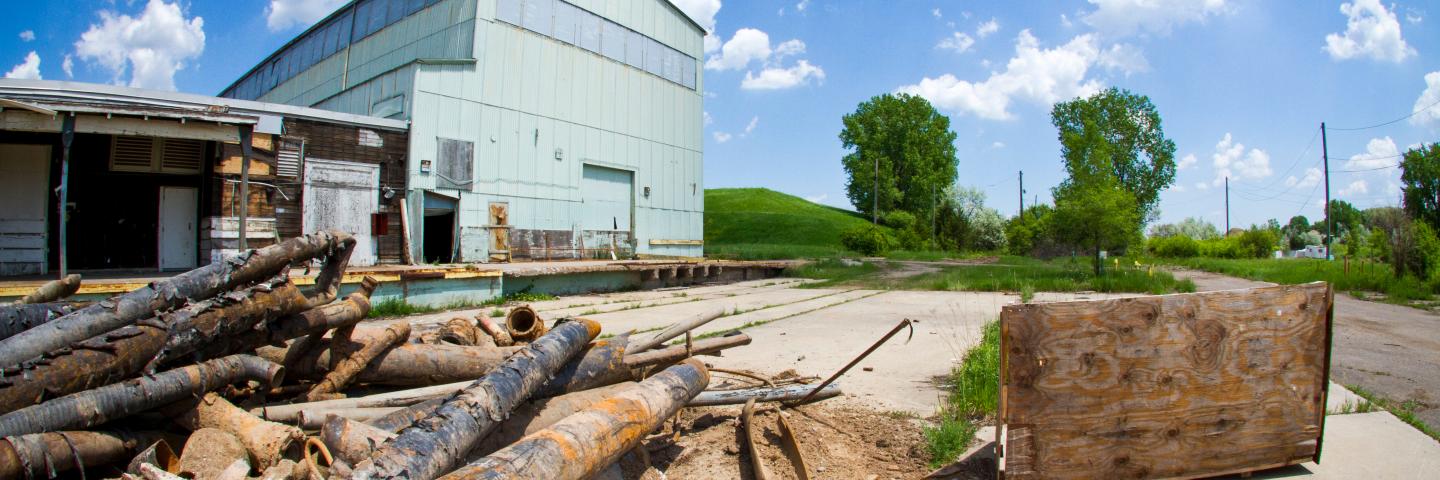Contaminated land creates significant problems for our health, environment, and economy in Minnesota. By cleaning up problem areas and protecting against future contamination, we can make land safe and productive for multiple uses.
Nearly half of what we throw away is recycled or composted

An important step each of us can take to protect land from contamination is to reduce the amount of trash that reaches landfills. Over the past two decades, Minnesotans have been steadily throwing less of their solid waste into the trash and more of it into recycling and composting bins. In 2020, 43.6% of all solid waste was recycled or composted, up 1.5% in 2019.
Most thrown-out food could have been eaten

Food presents a big opportunity for reducing waste. The majority of the food Minnesotans threw out in 2019 and 2020 — about 62% — could have been eaten or donated. Some of this food was even unopened and unexpired at the time it was found in the waste stream.
The MPCA’s goal for preventing wasted food is to cut in half the amount of food wasted in Minnesota by 2030, using 2013 numbers as a starting point.
Preventing environmental harm from closed landfills

Most of what we do throw into the trash fills landfills across the state. At eligible landfills, the Closed Landfill Program maintains those that have permanently closed to new waste and prevents contaminated fluids and gases, including PFAS, from reaching surrounding areas. In a test of groundwater at closed landfill sites, we detected PFAS in 98 of 101 sites.
The Closed Landfill Program is designed to manage 114 landfill sites and has spent about $500 million to date managing sites in the program.
Millions of dollars go to cleaning up hazardous waste sites

When contamination does occur, we must address it. The MPCA Superfund Program investigates and cleans up hazardous waste sites that pose a risk to our health or our environment. It focuses on abandoned or uncontrolled sites that have hazardous substances, pollutants or contaminants, and agricultural chemicals.
In fiscal year 2020, Minnesota Pollution Control Agency dedicated nearly $5.1 million to site-specific cleanup projects. It also used about $430,000 to respond to emergency situations, such as fuel spills and abandoned chemical containers.
Thousands of acres of contaminated land are now usable again

Contamination prevents land from reaching its full potential. The Brownfield Program helps clean up properties that businesses and industry have either abandoned or underuse to resolve contamination problems.
In 2021, Minnesota Pollution Control Agency received more than 300 applications for cleanup sites, and restored over 3,400 acres to productive use. The restored sites help to reduce urban sprawl, enhance the livability of neighborhoods, create new businesses and jobs, and strengthen the tax base. In 2021, 78% of brownfield applications were for sites in the Twin Cities metro area.
